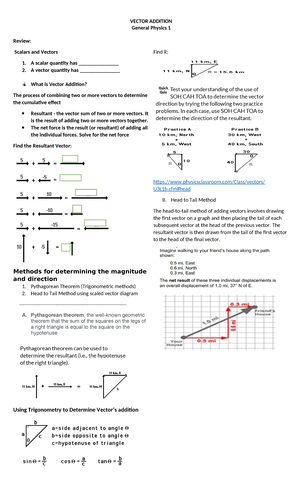- Information
- AI Chat
Was this document helpful?
Third Notes in CA 121 1st semester A
Course: Science technology
44 Documents
Students shared 44 documents in this course
University: Southeast Asian College
Was this document helpful?

M.D.B.-25 Notes on Institutional Corrections
Chapter 2. PHILIPPINE PRISONS AND JAILS: ORGANIZATION, POWERS AND FUNCTIONS
Bureau of Corrections (BuCor)
- The Bureau of Prisons was created by virtue of Re-organization Act
of 1407 dated November 1, 1905, but was renamed as the Bureau of
Corrections (BuCor) under the Department of Justice by virtue of
Administrative Code of 1987 issued on November 23, 1989 and
Proclamation no. 495 of the President of the Philippines and under the Prison
Act of 1917.
- The Bureau of Corrections has general supervision and control of all
national prisons or penitentiaries.
- It is charged with the safekeeping of all insular Prisoners confined therein or committed to
the custody of the Bureau.
- On May 24, 2013, President Benigno S. Aquino III signed into law R.A. No. 10575,
otherwise known as “The Bureau of Corrections Act of 2013”.
- The mainly seeks to provide for the modernization, professionalization and restructuring
of the BuCor by upgrading its facilities, increasing the number of its personnel, upgrading the level
of qualifications of their personnel and standardizing their base pay, retirement and other benefits.
- The new law mandates BuCor to implement a rationalized system of promotion and
performance evaluation system in coordination w/ CSC.
The Missions, Functions and Mandates of the BuCor
Mission
To maximize the assets’ value of the BuCor to effectively pursue its responsibility in safely
securing transforming national prisoners through responsive rehabilitation programs managed by
professional Correctional Officers.
Functions of BuCor
1. To confine prisoners by giving them adequate living spaces as the first conditions to be met
before any effective rehabilitation programs can be undertaken.
2. To prevent prisoners from committing crimes while in custody.
3. To provide humane treatment by affording them human basic needs in the prison environment
and prohibiting cruel methods and provide a variety of rehabilitation program.
The Mandates of the BuCor
- the BuCor shall be in charge of safekeeping and instituting reformation programs to
national inmates sentenced to more than three (3) years.
1. Safekeeping of National Inmates
- the safekeeping of inmates shall include decent provision of quarters, food, water and
clothing in compliance with established United Nations standards.
- the security of the inmates shall be undertaken by the Custodial Force consisting of
Corrections Officers with a ranking system and salary grades similar to its counterpart in the
BJMP.
2. Reformation of National Inmates
- the reformation programs, which will be instituted by the
BuCor for the inmates, shall be the following:
1. Moral and Spiritual Program
2. Education and Training Program
3. Work and Livelihood Program
4. Sports and Recreation Program
5. Health and Welfare Program; and
6. Behavior Modification Program, to include
Therapeutic Community
Page 1 of 10












